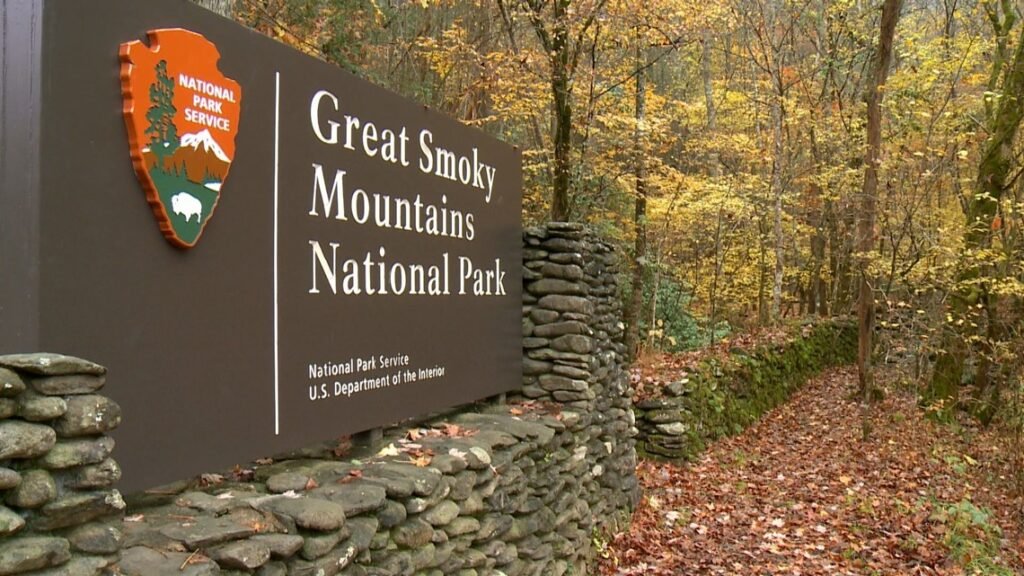Rockslide Closes Inbound Lane to Cades Cove in Great Smoky Mountains National Park
As someone who’s spent years exploring the winding roads and hidden corners of the Great Smoky Mountains, there’s nothing that concerns me more than unexpected closures that might impact your visit to this treasure of the Appalachians. This evening, I learned about a significant rockslide that’s affecting access to one of the park’s most beloved destinations.
On Saturday evening, a rockslide occurred on Laurel Creek Road, prompting officials to close the inbound lane to Cades Cove, one of the most visited areas within Great Smoky Mountains National Park.
What Happened on Laurel Creek Road?
According to Great Smoky Mountains National Park officials, the rockslide was reported at approximately 7:50 p.m. on Saturday. The slide has resulted in the closure of the inbound lane of Laurel Creek Road, which serves as the primary access route to Cades Cove.
While this closure is certainly an inconvenience, I want to assure you that vehicles are still able to exit the area. Park officials have implemented traffic control measures to ensure visitor safety while managing the situation.
What This Means for Visitors
If you’re planning a trip to Cades Cove in the coming days, you’ll need to be aware of possible delays or alternative routing. The park hasn’t yet announced when the road will fully reopen, as assessment and clearing operations are likely still underway.
For those unfamiliar with the area, Cades Cove is an 11-mile, one-way loop road that offers some of the most spectacular mountain scenery and wildlife viewing opportunities in the park. It’s particularly popular during the summer months and fall color season.
Tips for Travelers During the Closure
- Check the Great Smoky Mountains National Park website or social media channels for updates before heading out
- Consider visiting other beautiful areas of the park while repairs are underway
- If you do venture to Cades Cove, allow extra time for potential delays
- Follow all directions from park rangers and temporary signage
Why Do Rockslides Happen in the Smokies?
Having written about the Smokies for years, I’ve seen how the region’s geology and weather patterns create perfect conditions for rockslides. The mountains are among the oldest in the world, with weathered bedrock that can become unstable, especially after periods of heavy rain or freeze-thaw cycles.
These natural events, while disruptive, are part of the ongoing geological processes that have shaped these ancient mountains for millions of years. The park service works diligently to monitor high-risk areas and respond quickly when incidents occur.
Alternative Destinations While You Wait
If your heart was set on visiting Cades Cove but you’re now reconsidering due to the lane closure, I’d like to suggest some equally magnificent alternatives within the park:
- Cataloochee Valley – A less-visited area with historic buildings and an elk herd
- Roaring Fork Motor Nature Trail – A beautiful driving loop near Gatlinburg
- Deep Creek – Home to lovely waterfalls and tubing opportunities
- Newfound Gap Road – Offers spectacular vistas as you cross the mountains
Looking Forward
While natural events like rockslides are unpredictable, they’re a reminder of the dynamic forces that continue to shape this magnificent landscape. Park officials typically work quickly to assess damage and make necessary repairs to minimize disruption to visitors.
I’ll be keeping a close eye on updates about this situation, as I know how important access to Cades Cove is for many park visitors. The Great Smoky Mountains have endured for millions of years, and they’ll continue to inspire and amaze us long after this rockslide is cleared.
Have you experienced road closures during your visits to national parks? How did you adjust your plans? I’d love to hear about your experiences in the comments below.

